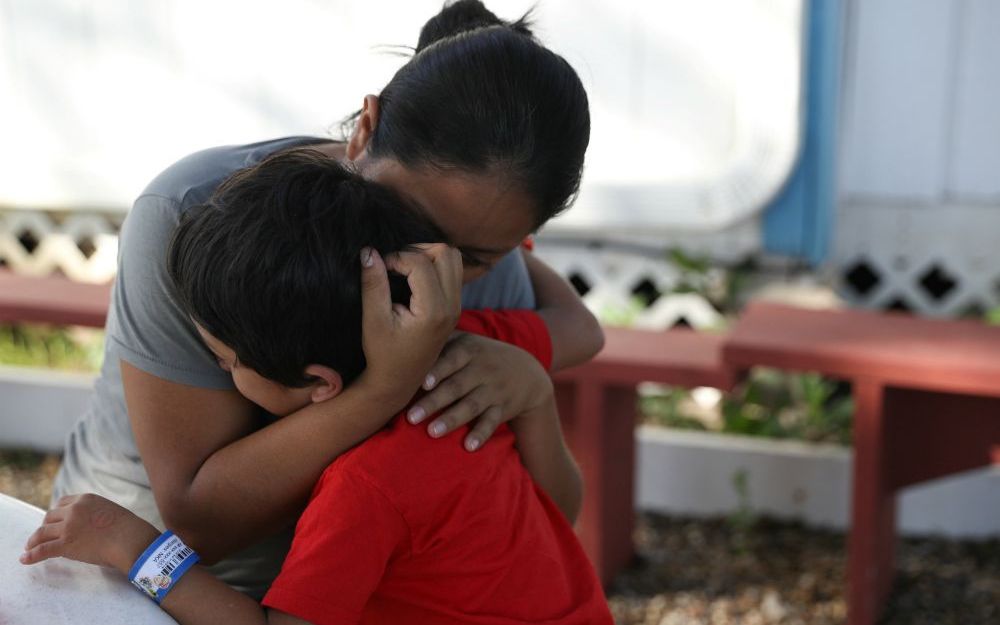During Advent and the Christmas shopping season, we're often challenged to "Keep Christ in Christmas." This can be challenging, as successful Christmas sales have become essential to the success of many businesses and even national economies. So, in a time intended for "waiting in joyful hope for the coming of our savior," we are bombarded with constant messages that gifts and things are the reason for the season, that consumer products are how we express our love. Most homes have a Christmas tree, but far fewer have Advent wreaths or Nativity scenes to remind us of the coming of God among us.
While baby Jesus is the clear focus of the Nativity narratives, many human people play key roles in making that stable in Bethlehem "a place where there is love." They took risks and made sacrifices to welcome the Christ child. In different ways today, we must make special efforts to welcome Jesus into our lives and our world.
Ideally, provide a traditional Nativity scene, with figures of the Holy Family along with shepherds and the Magi. At minimum, display a photo or even a simple drawing of the iconic scene at the stable in Bethlehem.
Begin by saying: "Christmas has become big business. For better or worse, the celebration of God's love for us had morphed into expressions of our love for each other through the gifts we give. Businesses depend on the money we spend at this most wonderful time of the year."
Distribute a piece of the Nativity scene to each student (or sets of students), or assign them to a character by marking the photo or drawing. Then say:
"Businesses often do what's called a SWOT analysis, in which they analyze the strengths, weaknesses, opportunities and threats in a situation. We’re going to borrow this SWOT thinking to consider these factors in the lives of familiar people in the story of Jesus' birth. I've assigned each of you a person, from Jesus himself to the humblest shepherd. Recall what you know of their story. If it helps, look it up in the first chapters of the gospels of Matthew and Luke. In a few minutes, I'll ask you to provide a SWOT analysis of what each person brought to this moment, and what they had to gain or lose."
Display the following words and direct students' attention to them:
Strengths: What knowledge, experience or other gifts did this person bring to this situation?
Weaknesses: What flaws or shortcomings did they have that lessened their ability to support or protect Jesus?
Opportunities: How would they benefit or grow from the presence of Jesus in their lives?
Threats: What risks or consequences did they face from their connection to Jesus?
Give students time to read scripture, make notes and discuss with partners.
Invite students to discuss the SWOT aspects regarding Mary, Joseph, the Magi, the shepherds and Jesus himself. If students are unsure of an answer, refer them to pertinent scripture from the infancy narratives in Matthew and Luke.
Conclude by saying: "It may seem awkward to use a model from the business world to explore this very sacred event, but it's a practical way to discover the very human people who first knew Jesus, supported him, heralded his arrival and protected him. None of them were perfect, but each shared their unique gifts, made sacrifices and followed God’s will for them to glorify Jesus. In their own ways, they made the world a place where there is love."
God, all powerful,
you came into the world as a vulnerable child,
dependent in so many ways on the gifts and sacrifices of others.
Their courage and collaboration in your plan of salvation
put us all on a path to a place where there is love.
Inspire us in these days of Advent
to prepare our hearts
so that we might receive and share your love with all we encounter.
Amen.
Please give us your feedback! Fill out a quick survey about this lesson and how we can serve you better. Remember that its title is "A path to a place where there is love"
Tell us what you think about this resource, or give us ideas for other resources you'd like to see, by contacting us at education@globalsistersreport.org
